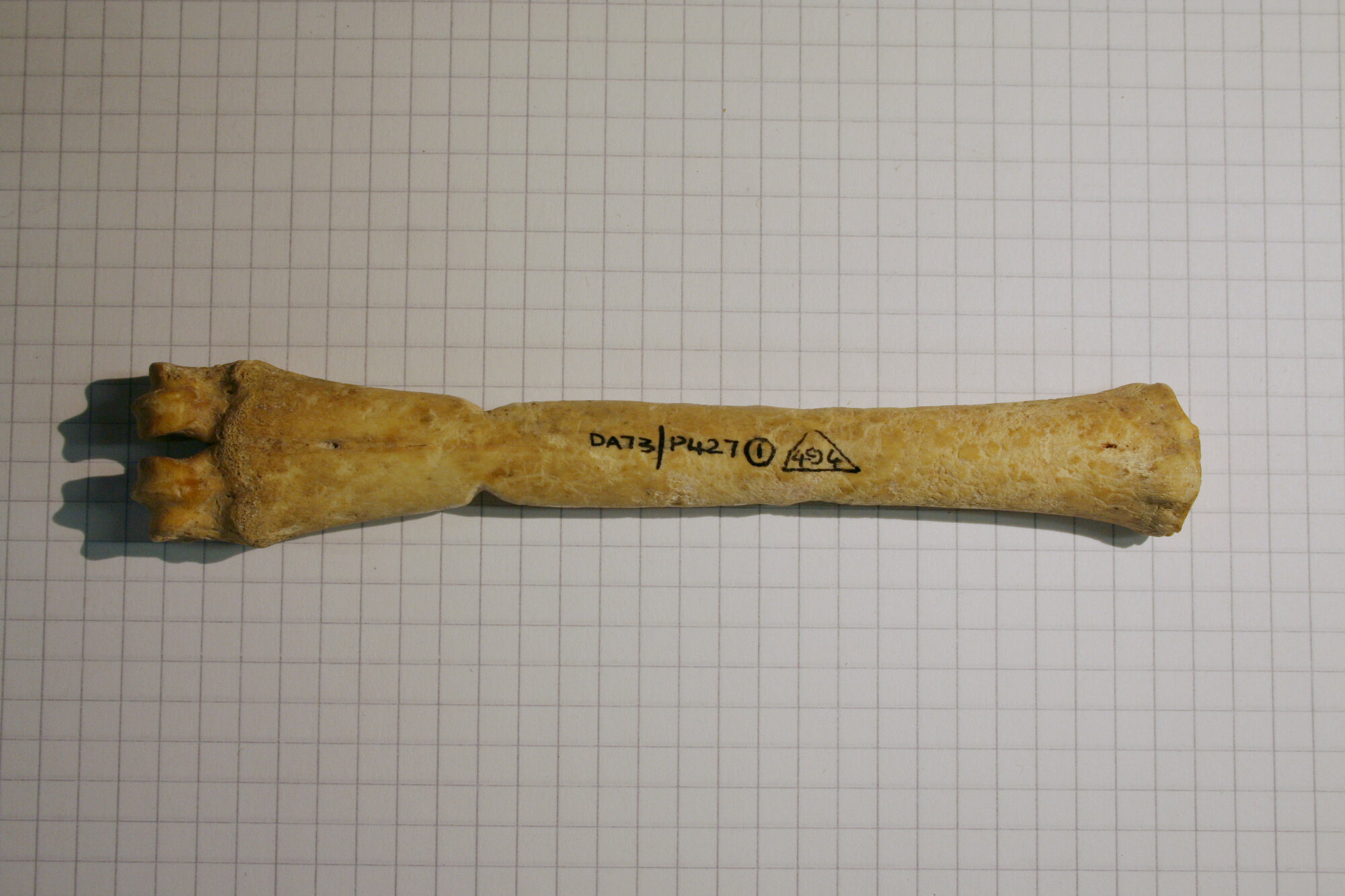Playing on the warp-weighted loom
Yesterday I had my first livestream in over a year. After some technical problems the weekend before (though I know what I need to convert my Canon camera into a webcam), I dug out my ancient HD webcame c. 2012 which did the trick. Going forward, I’d like to have these livestreams as part of my regular scheduling for YouTube content. It gives me a chance to be totally off-script and answer questions about whatever we’re talking about. It’s almost like the veil between virtual and physical worlds get blurred during livestreams.
One unfortunate reality with using such an old webcam has to do with stream quality. As you might notice from the video above is it’s in 720p. Once I get some time, I’ll record some extra bits of the cloth and edit a shorter version of this livestream so you can see the detail rather than just hear me describe it.
The other thing I wanted to share were some images of ‘bobbins’ found at Danebury. In the video, I made a reference to bobbins and tapestry weaving. I wanted to clarify that though bobbins are more well known with other types of weaving looms (two-beam vertical looms, treadle looms, braiding, tablet weaving, and lace-making), I have seen them used by modern weavers on the warp-weighted loom. I had trouble keeping my thesis confined within the established word count, so I didn’t explore them fully, but they’re an intriguing unknown in British Iron Age textile studies. Mostly, they either get a short section or footnote in publications and research projects. What are they for? (Most of these questions of function require experimentation and the development of a reference collection for use-wear identification.)


You can clearly see the indentation near the end of the bone. There is also a fainter grouping of 4 indentations at the other end. You can also see how the length of the bone has been squared up. The natural shape of the bone would have been rounder in cross-section, but the modification has made it squarish instead. Why? Would this have been a useful feature somehow?
The photos aren’t the best (sorry, the lighting at the archive was mediocre!) but you might be able to see some intensely shiny spots that look like tiny white dots in the indentation areas. If these were bobbins with yarns wrapped around them, then these shiny spots may have been produced by a regular activity: slipping a half hitch over the end seems like a reasonable suggestion, yes?
Other bobbins in this assemblage are less smooth; others will have the indentation worn completely through, effectively severing the length of the bone from either the proximal or distal end. Was this deliberate (I’ve wondered if the proximal/distal end might function as a toggle or button) or accidental? If a yarn was wrapped over this indentation and pulled repeatedly (to tighten a weaving pick?) then the indentation might deepen with use.
I think I might need to ask a crafter to make me some bobbins and try them out. It’s exploratory experimentation to see if they make sense with warp-weighted loom weaving. If you want to help me out with funding these projects, feel free to buy some things in the shop or make a direct donation. I really appreciate you helping me out. :)